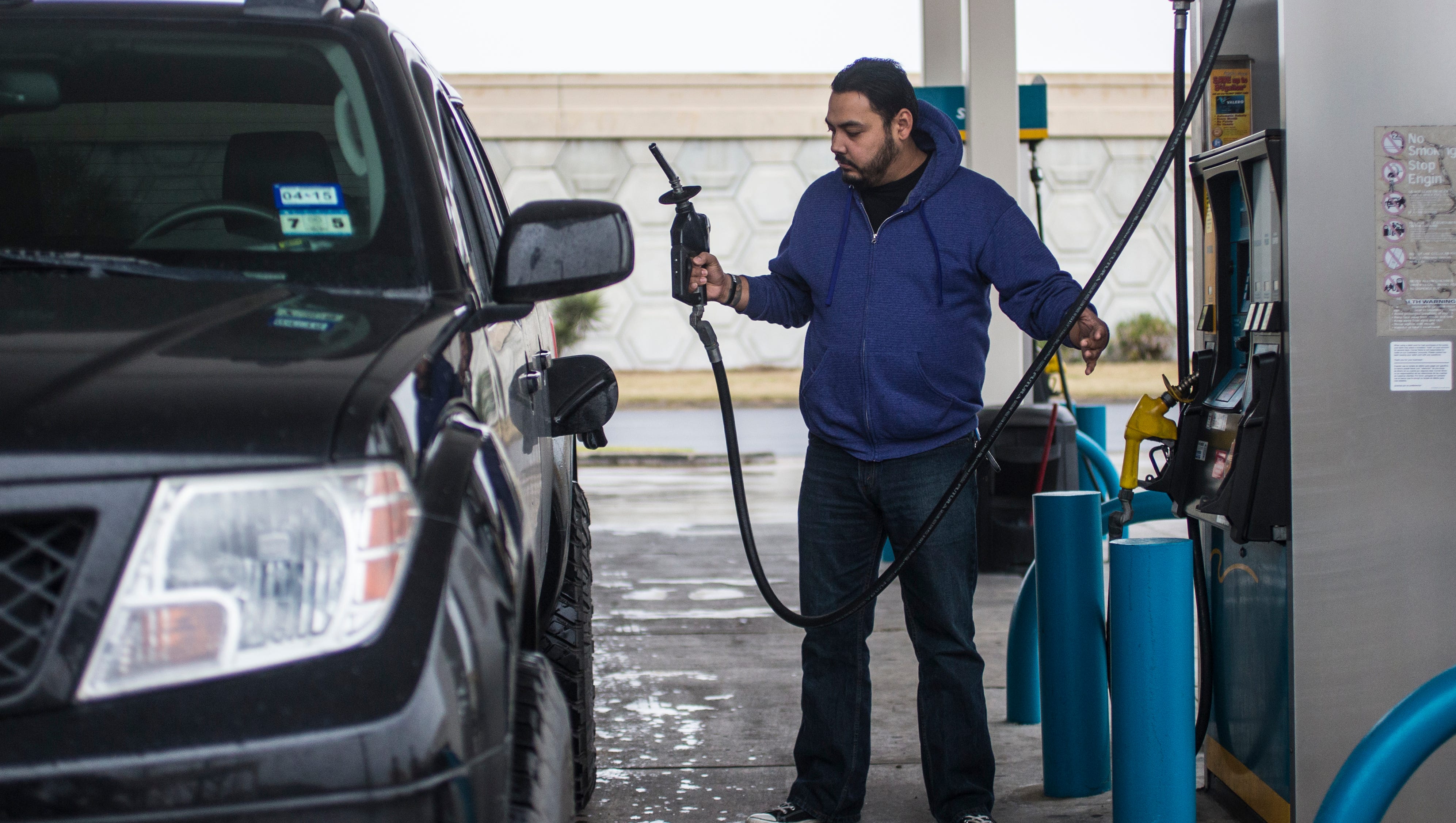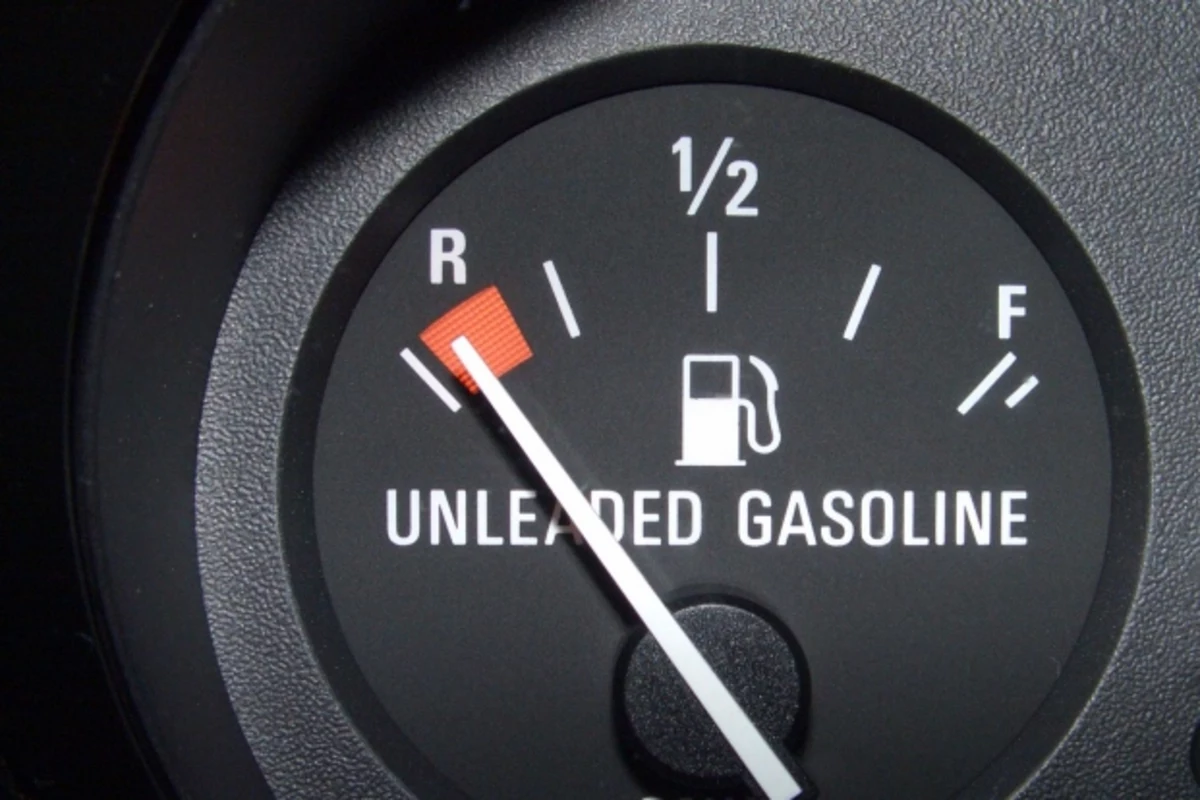
While the national average is $3.29 for a gallon gasoline, the American Automobile Association reports gasoline prices in Oklahoma rose 3 cents in the past week to a new average of $2.90 per gallon.
The new statewide average compares to $2.93 a month ago and $1.99 one year earlier.
The highest average in the state is $3.17 a gallon in Ellis County in the northwest. Sixteen Counties have averages ranging from $2.99 to $3.179 per gallon. The second highest average is $3.10 per gallon in Coal County in the southeast part of the state.
Lawton still has the honors for the lowest average at $2.69 per gallon. At least 13 counties have averages in the range of $2.69 to $2.85 per gallon.
Prices in Oklahoma City average $2.86 this week, an increase of 6 cents from a week earlier. The average was $2.85 one month ago.
Tulsa’s average gasoline price is $2.95, which is 8 cents higher than a week ago but 3 cents lower than a month ago.

AAA reported nationally that gasoline prices barely budged over the past week, as fears of an omicron-driven economic “soft shutdown” dominate the news. Meanwhile, the pre-Christmas fire at the Exxon Mobil Corp plant in Baytown, Texas, is causing reduced output. Recent reporting, however, indicates the damage was to a non-refining section of the complex. The plant is the nation’s fourth-biggest oil refinery, with the capacity to process 560,500 barrels per day of crude.
“There is a lot of uncertainty about the potential economic impact of the COVID-19 omicron variant. Will it peak quickly and vanish as some hope, or will it linger as others fear?” said Andrew Gross, AAA spokesperson. “And we are seeing this reflected at the pump in the form of uneasy price stability.”
According to new data from the Energy Information Administration (EIA), total domestic gasoline stocks decreased slightly by 1.5 million bbl to 222.7 million bbl last week. Gasoline demand increased from 8.99 million b/d to 9.72 million b/d. Growing demand and tight supply would support more significant increases in pump prices, but fluctuations in the price of crude oil have helped to limit price increases. If oil prices climb, pump prices will likely follow suit.






